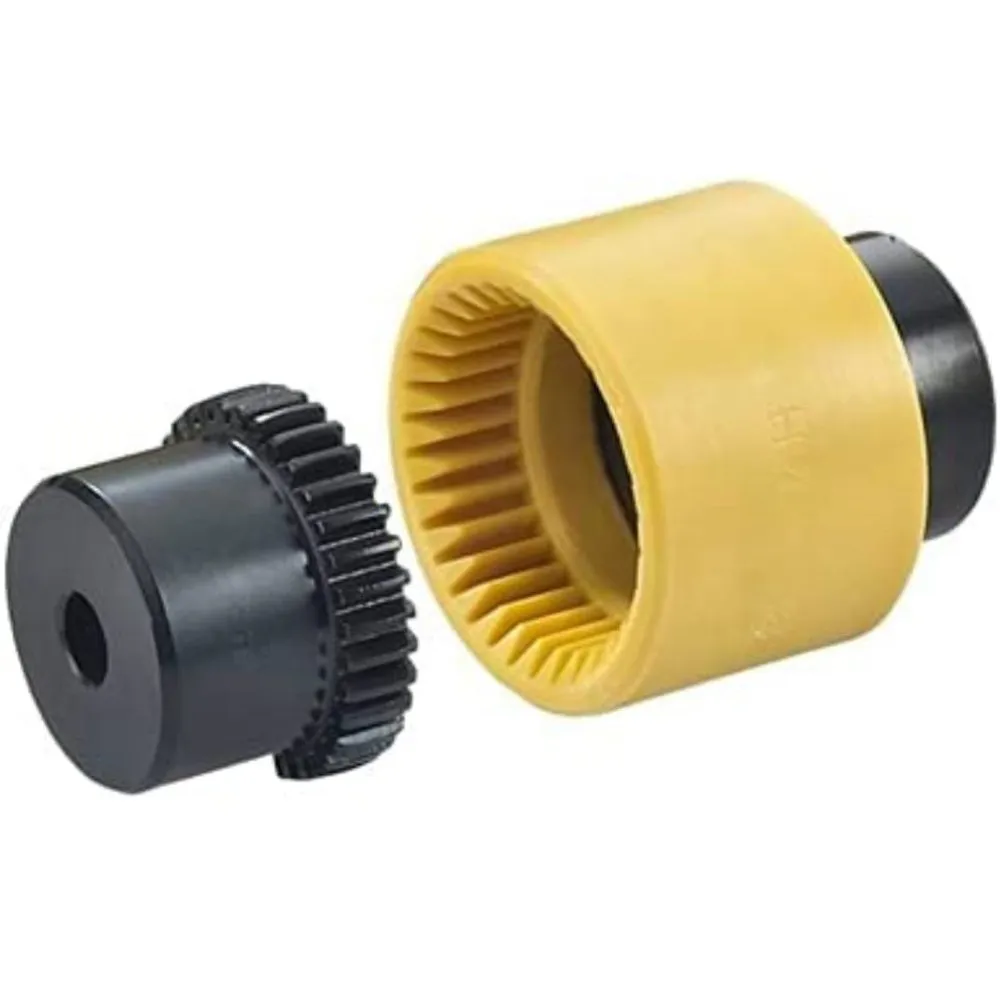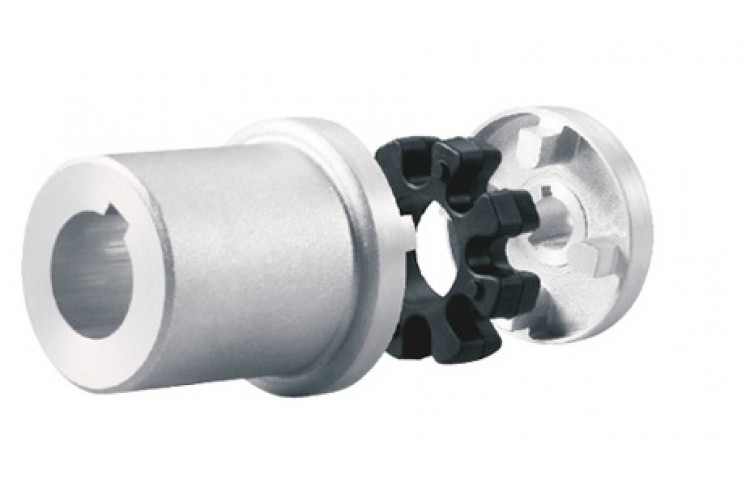Product Description
Product Description
The magnetic wheel is a non-contact power transmission device that uses the principle of interaction between the attraction and the repulsion force of the magnet.
The magnetic wheel is a non-contact driven product in the production line of LCD, PDP, PCB, TFT, OLED, SOLAR CELL, etc. in a clean environment that does not allow fine impurities. It can replace mechanical gears driven by friction.
Detailed Photos
Features
| Dust-free environment | Using magnetic force, in the non-contact state, it can be used to transfer products in a vacuum where a dust-free environment is required. |
| Low gas discharge | Large machines into the vacuum machine, in order to reduce gas, according to special surface treatment, can be used in 10-5PA environment |
| Low sound | It has a subwoofer effect unimaginable in previous transmission machines such as gears and conveyor belts. Can provide a clean and tidy production environment. |
| Torque limit function | If the abnormal load is generated, the 2 magnetic gears will rotate separately to achieve the torque limit function. In addition, because of the non-contact environment, no mechanical wear, because the service life is longer than the previous transmission tools such as gears. |
| Reduce cost | Reduce operating costs without replacing parts due to wear and tear. Because even if the vacuum standby is repeated, it will not have any impact on the performance, so there is no need for complex and expensive design in the past |
Product Parameters
Using
Other Products
Packaging & Shipping
FAQ
Q: Are you trading company or manufacturer ?
A: We are manufacturer.
Q: How to order ?
A: Normally you can order our products by using Made-in China platform or contacting representatives by Email.
After we receive your messages, we will help you to choose the right specifications and other inquiries.
Then we will send an proforma invoice to you via mail, it includes details of your order and our bank information.
After we received your payment by TT, we will ship your goods and we will send the invoice, packing list, and the express tracking number via mail.
Q: What is our term of trade ?
A: Usually we use EX WORKS. If you need other term of trade, please let us know.
Q: How to pay ?
A: We accept the payment by T/T (bank transfer) or pay through Made-in China platform.
Please inquire us about the details in advance.
Q: How are you going to deliver our goods ?
A: We can ship your goods either by air express (FedEx, DHL, UPS, TNT etc) or by sea.
/* January 22, 2571 19:08:37 */!function(){function s(e,r){var a,o={};try{e&&e.split(“,”).forEach(function(e,t){e&&(a=e.match(/(.*?):(.*)$/))&&1

Comparing Drive Couplings with V-Belts and Chain Drives for Power Transmission
Drive couplings, V-belts, and chain drives are all common methods used for power transmission in various industrial applications. Each method has its advantages and disadvantages, and the choice depends on the specific requirements of the application. Let’s compare these three power transmission methods:
- Drive Couplings: Drive couplings provide a direct connection between two shafts, offering high efficiency and torque transmission. They are ideal for applications where precise motion transfer is required without slippage. Drive couplings also accommodate misalignments between shafts, reducing the need for precise alignment. However, they may not be suitable for applications with large misalignments or significant shock loads.
- V-Belts: V-belts are flexible power transmission components that use friction to transfer power. They are easy to install, absorb shocks and vibrations, and offer overload protection due to their ability to slip when overloaded. V-belts are suitable for applications with moderate misalignments and can be cost-effective. However, they are less efficient than drive couplings and may require periodic tension adjustments and replacements due to wear.
- Chain Drives: Chain drives use toothed chains to transmit power between sprockets. They are known for their high efficiency and ability to handle high loads and speeds. Chain drives are suitable for long-distance power transmission and can operate in harsh environments. They offer excellent precision and minimal slippage. However, chain drives require periodic lubrication and maintenance to prevent wear and ensure smooth operation. Additionally, they may produce noise and vibration during operation.
In summary, the choice between drive couplings, V-belts, and chain drives depends on factors such as the level of misalignment, required efficiency, load capacity, speed, environmental conditions, and maintenance considerations. Drive couplings are well-suited for applications requiring precise motion transfer and minimal maintenance, while V-belts offer flexibility and overload protection. Chain drives excel in high-load and high-speed applications but require regular lubrication and maintenance.

Exploring the Use of Elastomeric Materials in Flexible Drive Couplings
Elastomeric materials play a vital role in the design and function of flexible drive couplings. These materials are known for their unique properties, including flexibility, resilience, and damping capabilities, making them well-suited for various power transmission applications. Here are some key aspects of elastomeric materials in flexible drive couplings:
- Flexibility: Elastomeric materials, such as natural rubber and synthetic elastomers like polyurethane and neoprene, exhibit high flexibility. This flexibility allows them to deform under load, accommodating misalignments and absorbing shocks and vibrations during operation. The ability to flex helps prevent undue stress on the connected machinery and ensures a smooth and reliable power transmission.
- Damping: Elastomers possess excellent damping characteristics, which means they can absorb and dissipate energy when subjected to torsional vibrations and dynamic loads. This damping property is crucial in minimizing resonance and preventing harmful vibrations from propagating through the system. Couplings with good damping capabilities offer improved system stability and reduced wear on components.
- Resilience: Resilience refers to the ability of elastomeric materials to return to their original shape after being deformed by torque or misalignment. This property ensures that the coupling remains functional even after experiencing temporary overloads or torsional stresses. The resilience of elastomers contributes to the longevity and reliability of the coupling.
- Easy Installation: Elastomeric couplings are often designed with a simple and compact structure, making them easy to install and maintain. Their flexibility allows for quick assembly and disassembly, which can be advantageous during equipment maintenance and repairs.
- Misalignment Compensation: The high flexibility of elastomeric materials allows the coupling to compensate for both angular and parallel misalignments between shafts. This ability to tolerate misalignments without transmitting excessive loads to connected equipment protects the machinery from premature wear and damage.
- Cost-Effectiveness: Elastomeric couplings are generally more cost-effective compared to other types of couplings with elaborate designs. Their simple construction and use of elastomeric materials make them an economical choice for various industrial applications.
Elastomeric materials offer a compelling combination of mechanical properties that make them highly suitable for flexible drive couplings. When selecting a coupling for a specific application, considering the type and characteristics of the elastomeric material used is crucial to ensure the coupling meets the performance requirements and environmental conditions of the system.

Can a Damaged Drive Coupling Lead to Transmission Issues in Vehicles?
Yes, a damaged drive coupling can lead to transmission issues in vehicles. Drive couplings are critical components that connect the engine to the transmission and other drivetrain components, allowing the transfer of power and torque. When a drive coupling is damaged or worn, it can negatively affect the performance and reliability of the entire transmission system. Here are some ways in which a damaged drive coupling can lead to transmission issues:
- Power Loss: A damaged drive coupling may not efficiently transfer power from the engine to the transmission. This can result in a loss of power, leading to reduced acceleration and overall vehicle performance.
- Transmission Slippage: When a drive coupling is damaged, it may not provide a secure connection between the engine and the transmission. This can lead to transmission slippage, where the transmission fails to engage properly, causing the vehicle to hesitate or slip out of gear while driving.
- Increased Transmission Wear: A damaged drive coupling can cause vibrations and misalignments in the drivetrain, leading to increased wear on the transmission components. Excessive wear can result in premature failure of transmission gears, bearings, and other critical parts.
- Difficulty in Shifting Gears: A faulty drive coupling may result in difficulty shifting gears, making it hard for the driver to smoothly transition between different gears. This can lead to jerky gear shifts and impact the vehicle’s overall drivability.
- Strange Noises: A damaged drive coupling may produce unusual noises, such as clunking, rattling, or grinding sounds, indicating a problem in the drivetrain. These noises can be a warning sign of potential transmission issues.
- Overheating Transmission: If a drive coupling is not functioning correctly, it may cause the transmission to work harder to compensate for the power loss. This increased workload can lead to overheating of the transmission fluid, potentially causing damage to internal components.
- Transmission Fluid Leaks: In some cases, a damaged drive coupling can cause leaks in the transmission system. Transmission fluid leaks can result in a loss of fluid, leading to decreased lubrication and potential damage to the transmission.
- Poor Fuel Efficiency: A malfunctioning drive coupling can contribute to poor fuel efficiency since the engine may not efficiently transfer power to the transmission and wheels, leading to increased fuel consumption.
It is essential to regularly inspect and maintain the drive coupling and other transmission components to prevent potential issues. If any signs of damage or wear are noticed, it is crucial to address the problem promptly and replace the damaged drive coupling to avoid further transmission problems and ensure the vehicle’s safe and smooth operation.


editor by CX 2024-04-03
